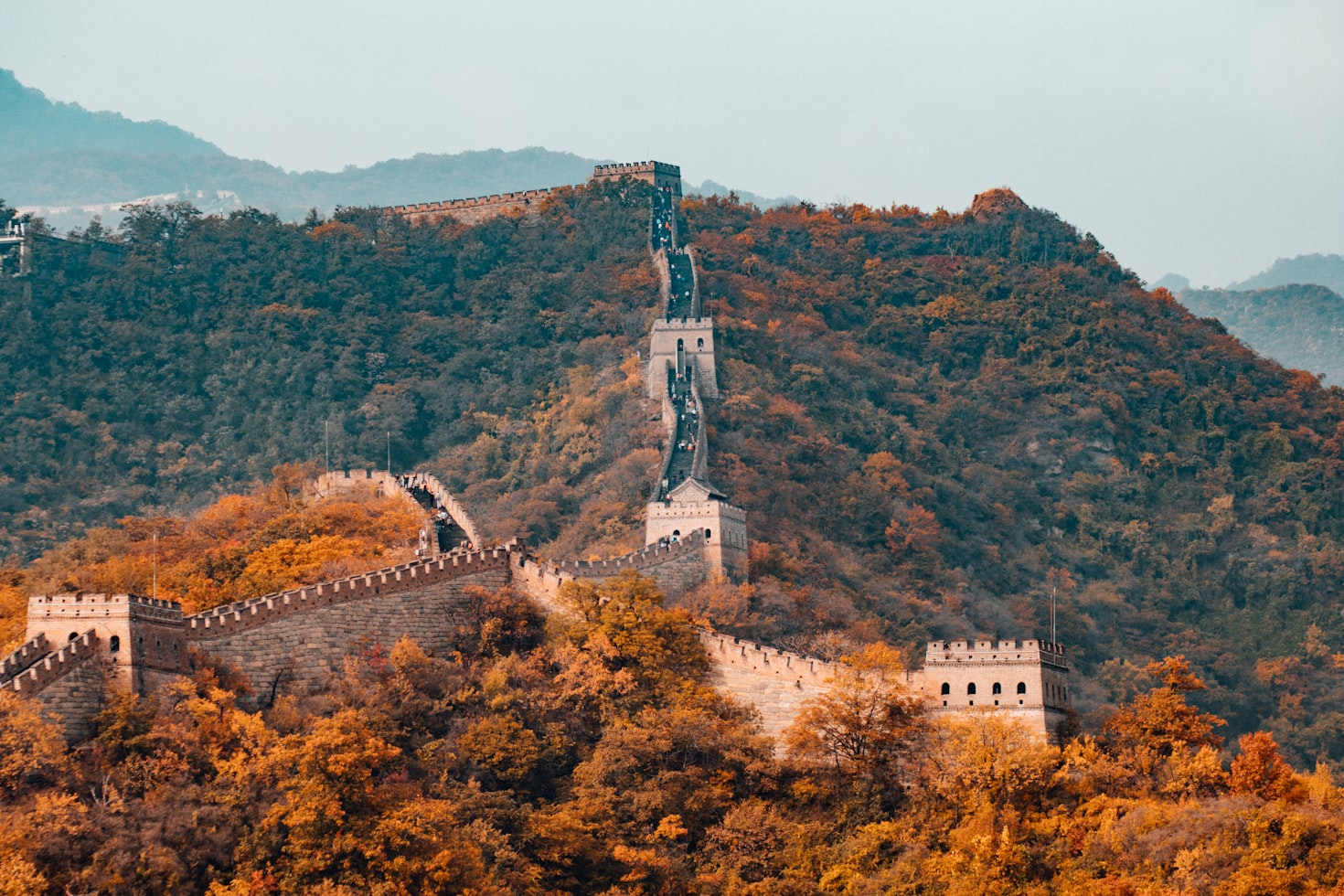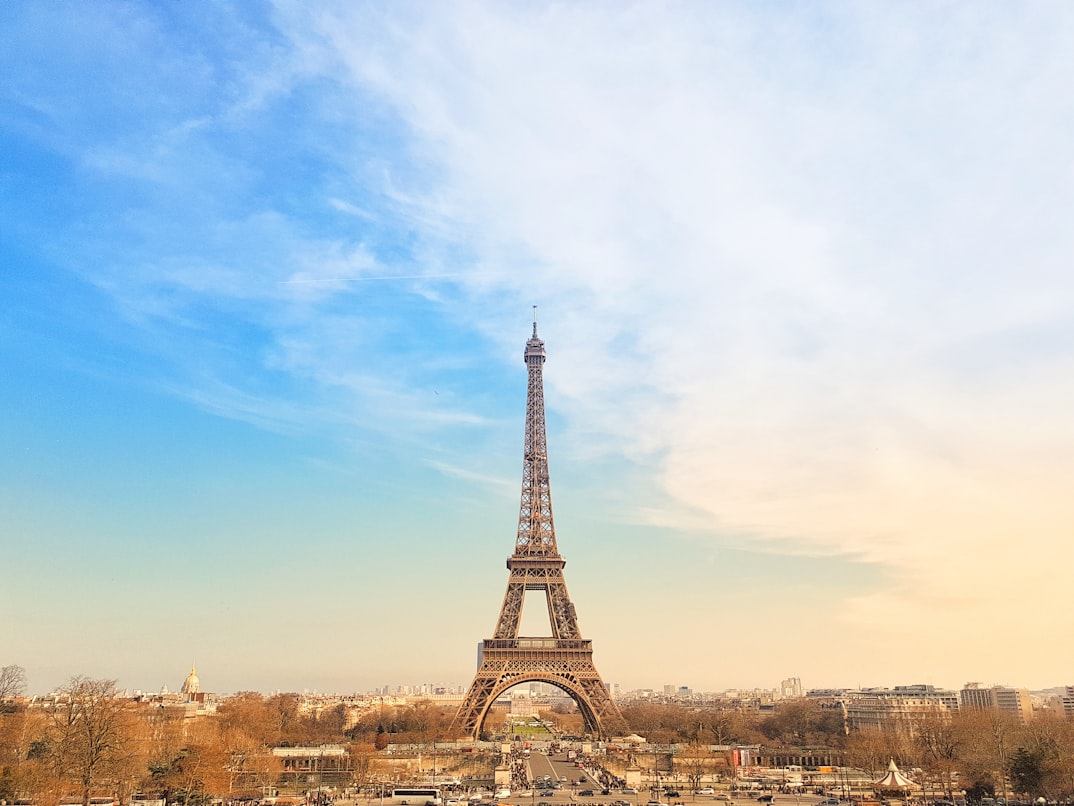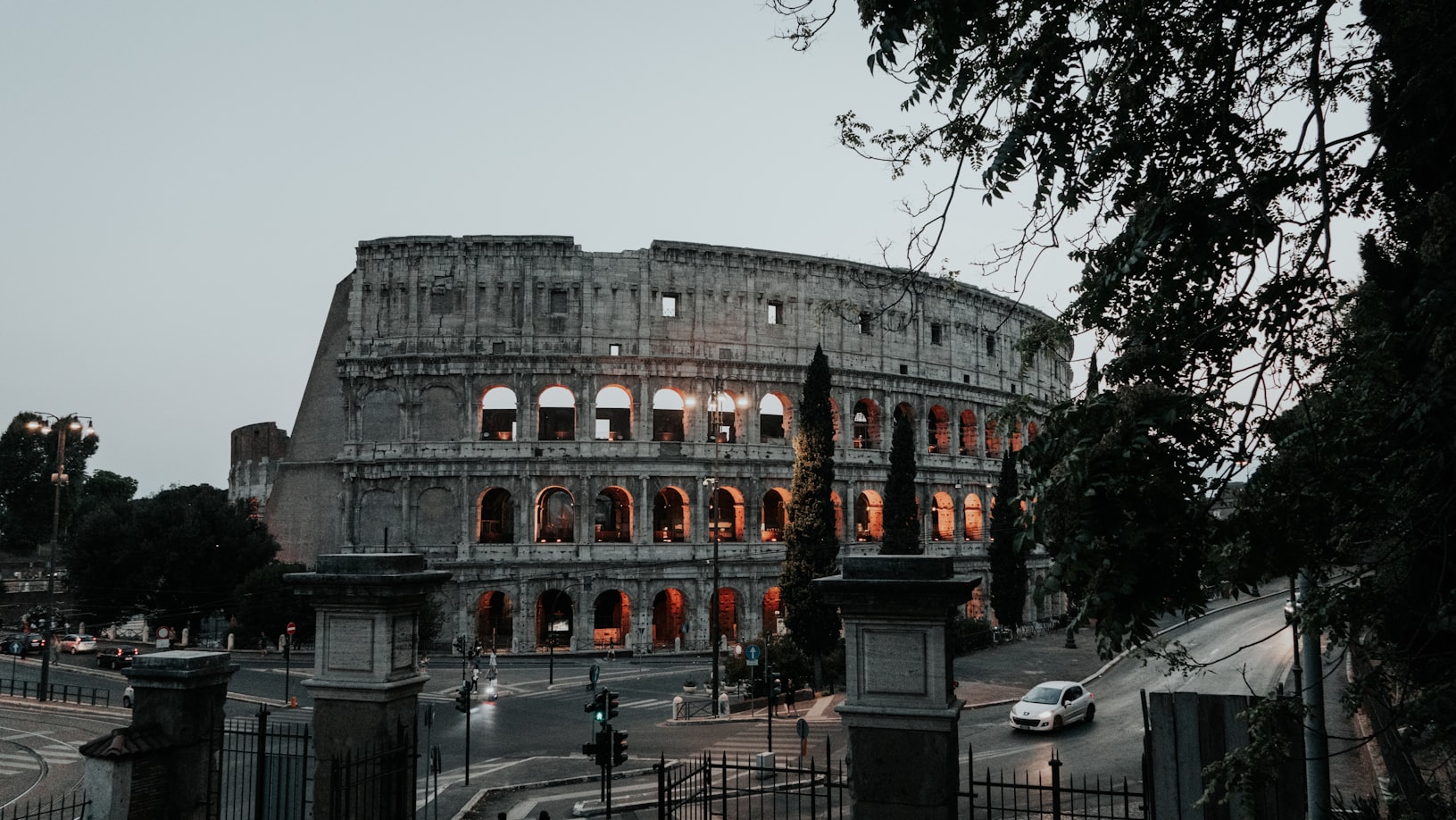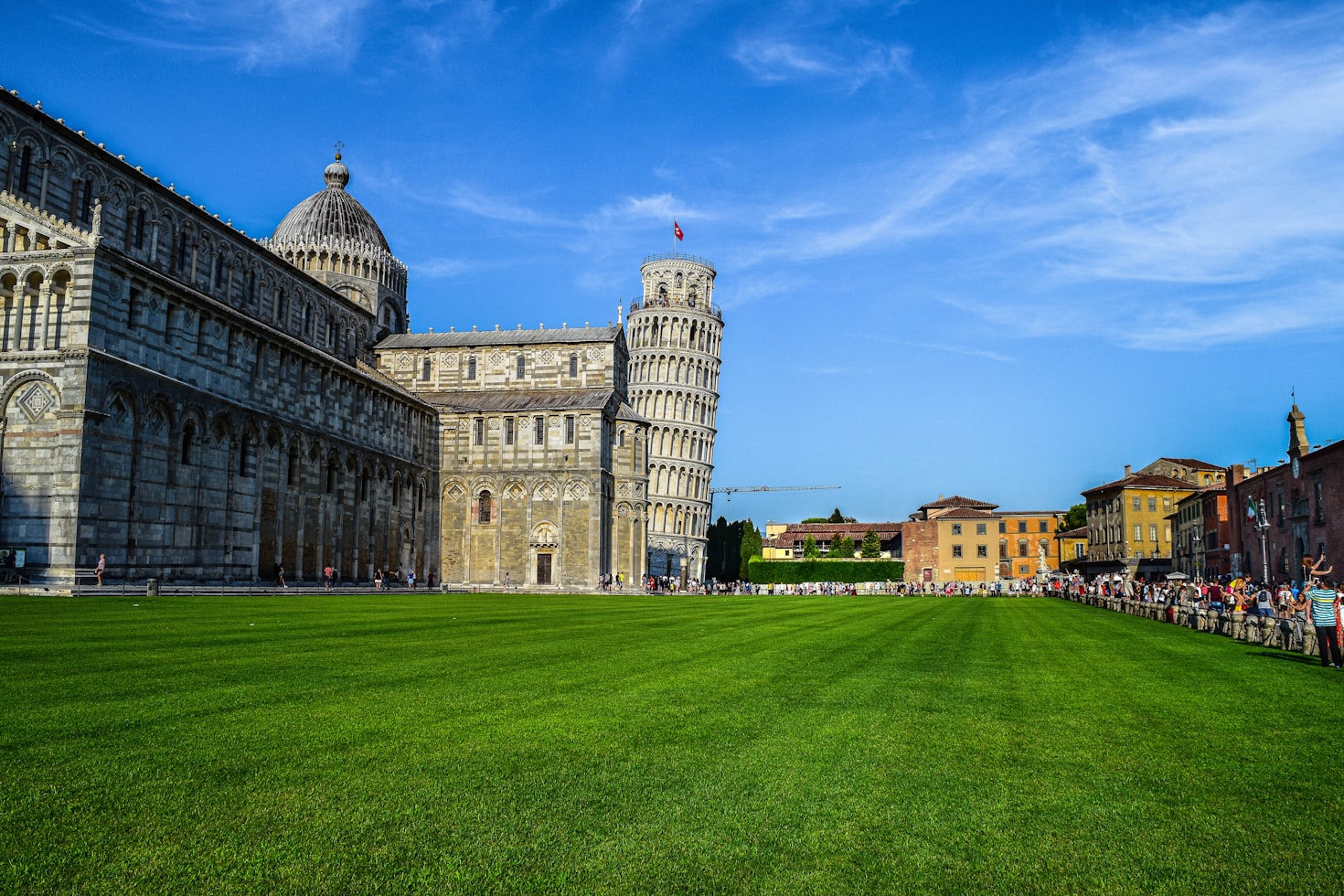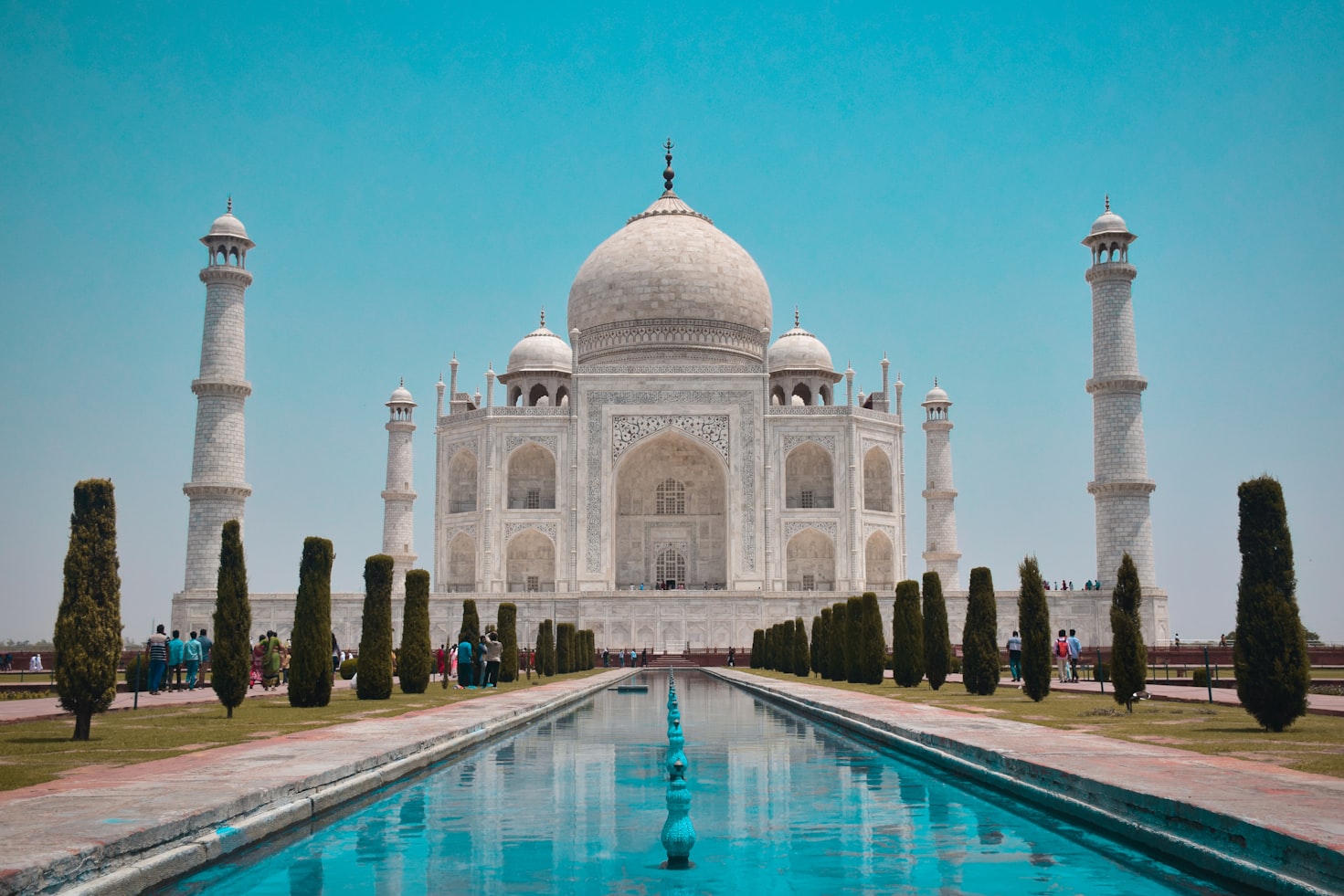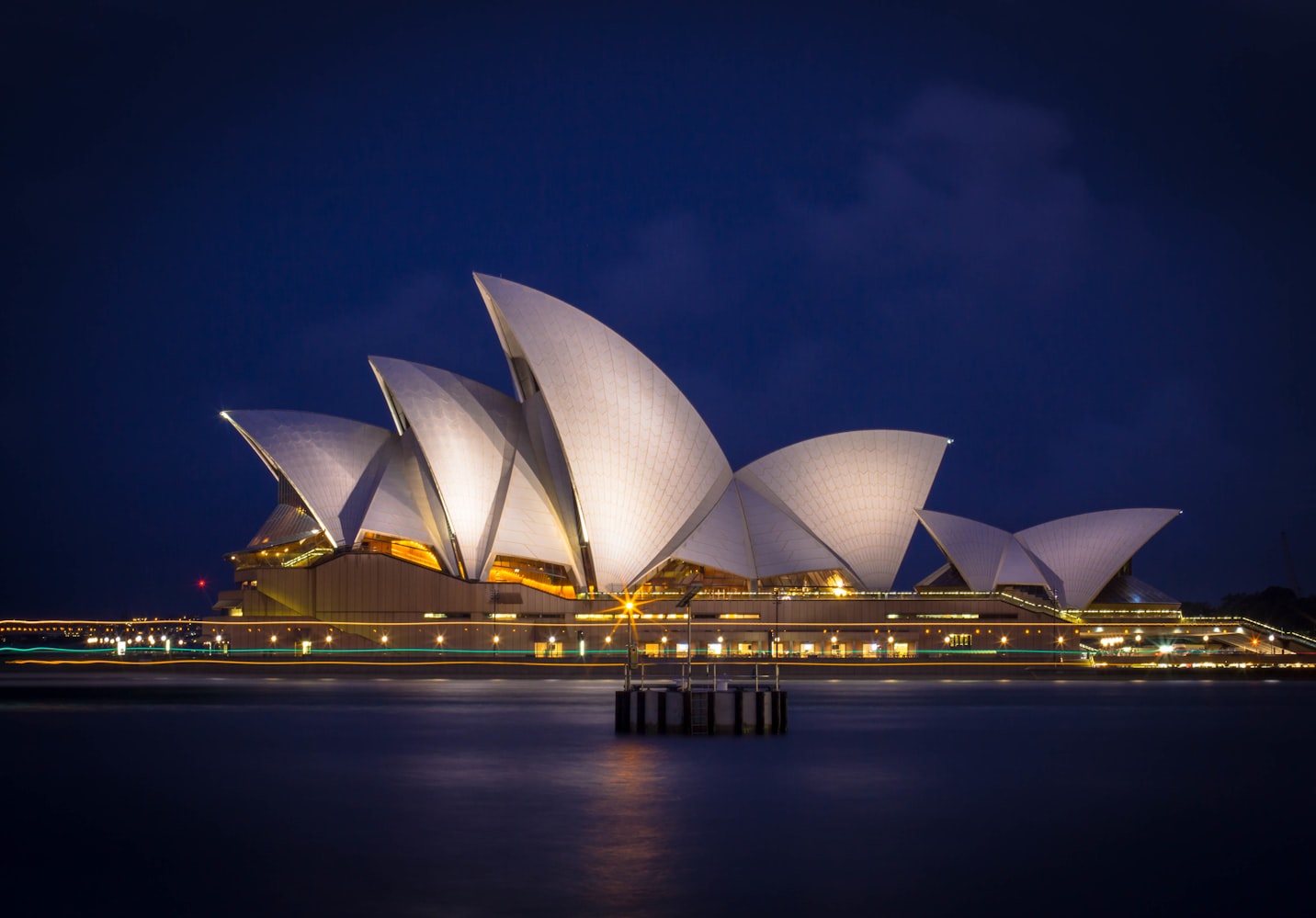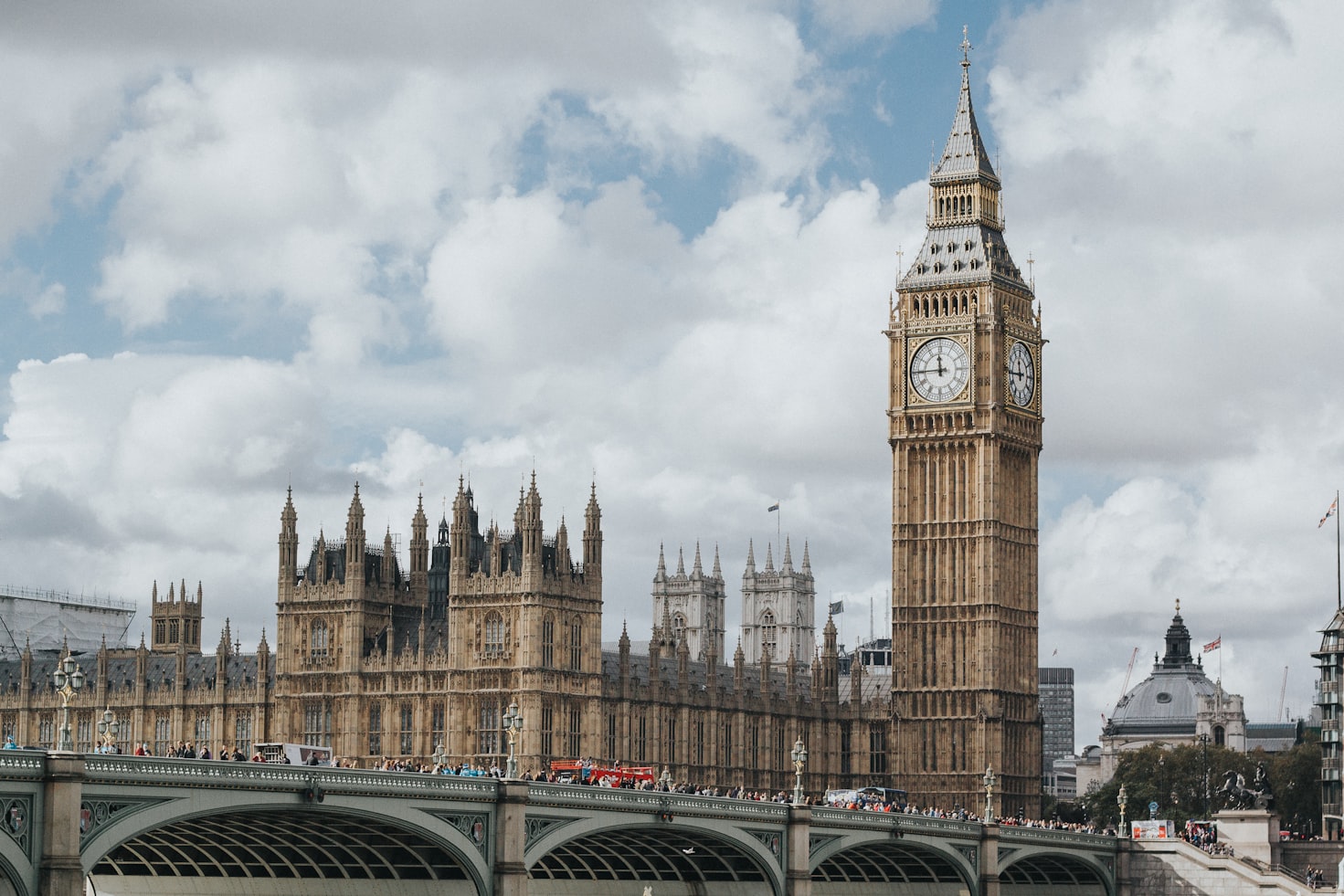10 Fun Facts About Famous Landmarks: From the Great Wall of China to the Eiffel Tower

Famous landmarks are not just tourist attractions, they also hold a significant place in history and culture. From the Great Wall of China to the Eiffel Tower, these landmarks have stood the test of time and continue to fascinate people from all over the world.
The Great Wall of China is not a single continuous wall
The Great Wall of China is not a single continuous wall but is made up of many walls and fortifications built by different Chinese dynasties over the centuries.
The Eiffel Tower was not intended to be a permanent structure
The Eiffel Tower was not intended to be a permanent structure, but was built as the entrance arch to the 1889 World’s Fair in Paris and was originally intended to be dismantled after 20 years.
The Colosseum in Rome could hold up to 50,000 people
The Colosseum in Rome could hold up to 50,000 people and it was used for gladiatorial contests and public spectacles such as mock sea battles, animal hunts, and dramas based on Classical mythology.
The Leaning Tower of Pisa is not actually leaning
The Leaning Tower of Pisa is not actually leaning, it is sinking into the soft ground on one side due to an unstable foundation.
The Statue of Liberty was not a gift from France to the United States
The Statue of Liberty was not a gift from France to the United States, it was a gift from the people of France to the people of the United States as a symbol of friendship and democracy.
The Taj Mahal is not a palace
The Taj Mahal is not a palace, it was built as a mausoleum by the Mughal emperor Shah Jahan in memory of his wife Mumtaz Mahal.
The Great Sphinx of Giza is not a lion
The Great Sphinx of Giza is not a lion, it is a creature with the body of a lion and the head of a human, and it is believed to be a representation of the pharaoh Khafre.
The Christ the Redeemer statue in Rio de Janeiro is not made of marble
The Christ the Redeemer statue in Rio de Janeiro is not made of marble, it is made of reinforced concrete and soapstone.
The Sydney Opera House was not designed by an architect
The Sydney Opera House was not designed by an architect, it was designed by a Danish engineer, Jørn Utzon, who won a design competition for the building in 1957.
The Big Ben is not the name of the clock tower
The Big Ben is not the name of the clock tower, it is the name of the largest bell inside the tower. The clock tower is officially known as the Elizabeth Tower.
From the Great Wall of China to the Eiffel Tower, these famous landmarks hold a special place in history and culture. These fun facts give us a deeper understanding and appreciation of the iconic structures that continue to fascinate people from all over the world. Whether you’re a history buff or a curious tourist, these landmarks are definitely worth a visit to truly understand their significance and the effort put into building them.
